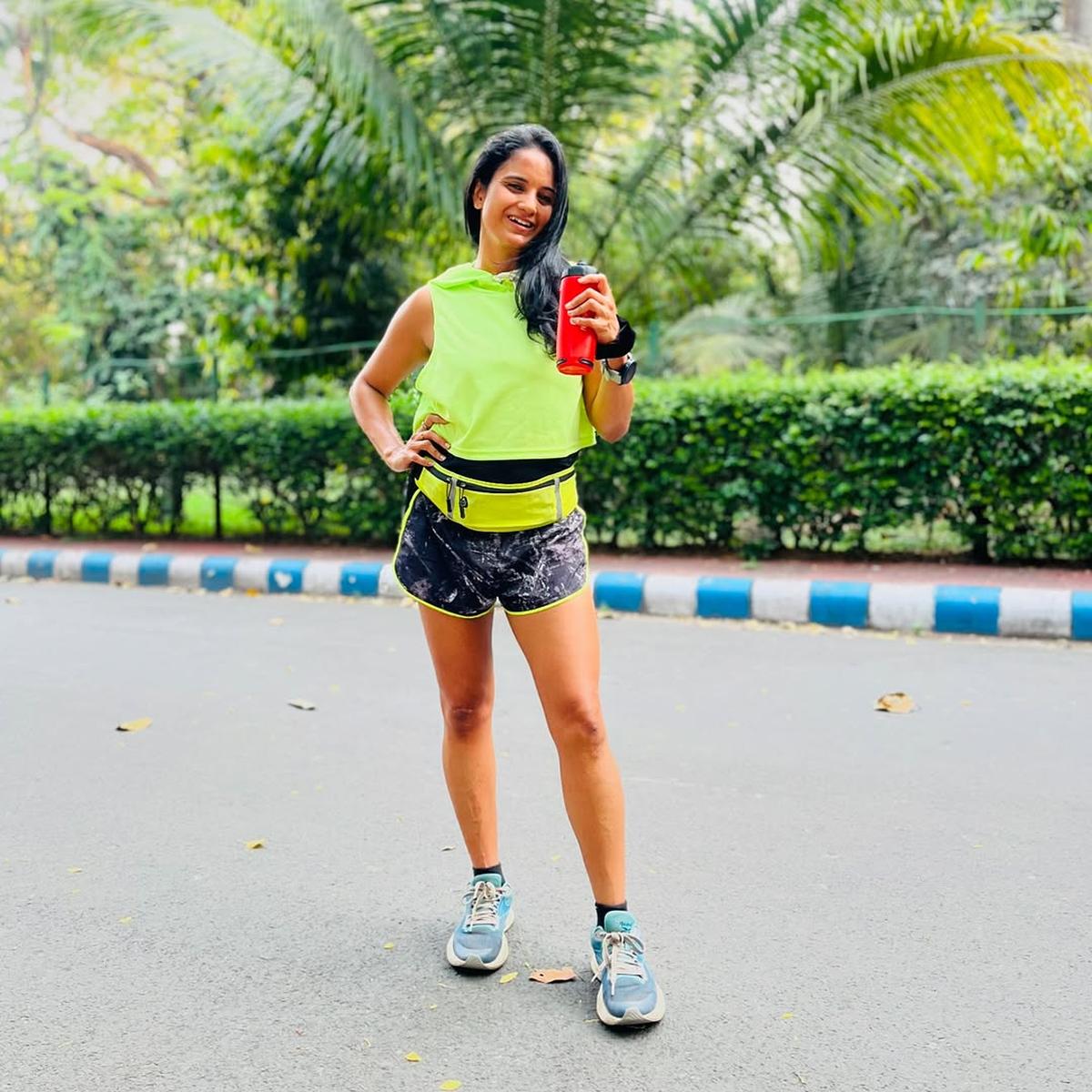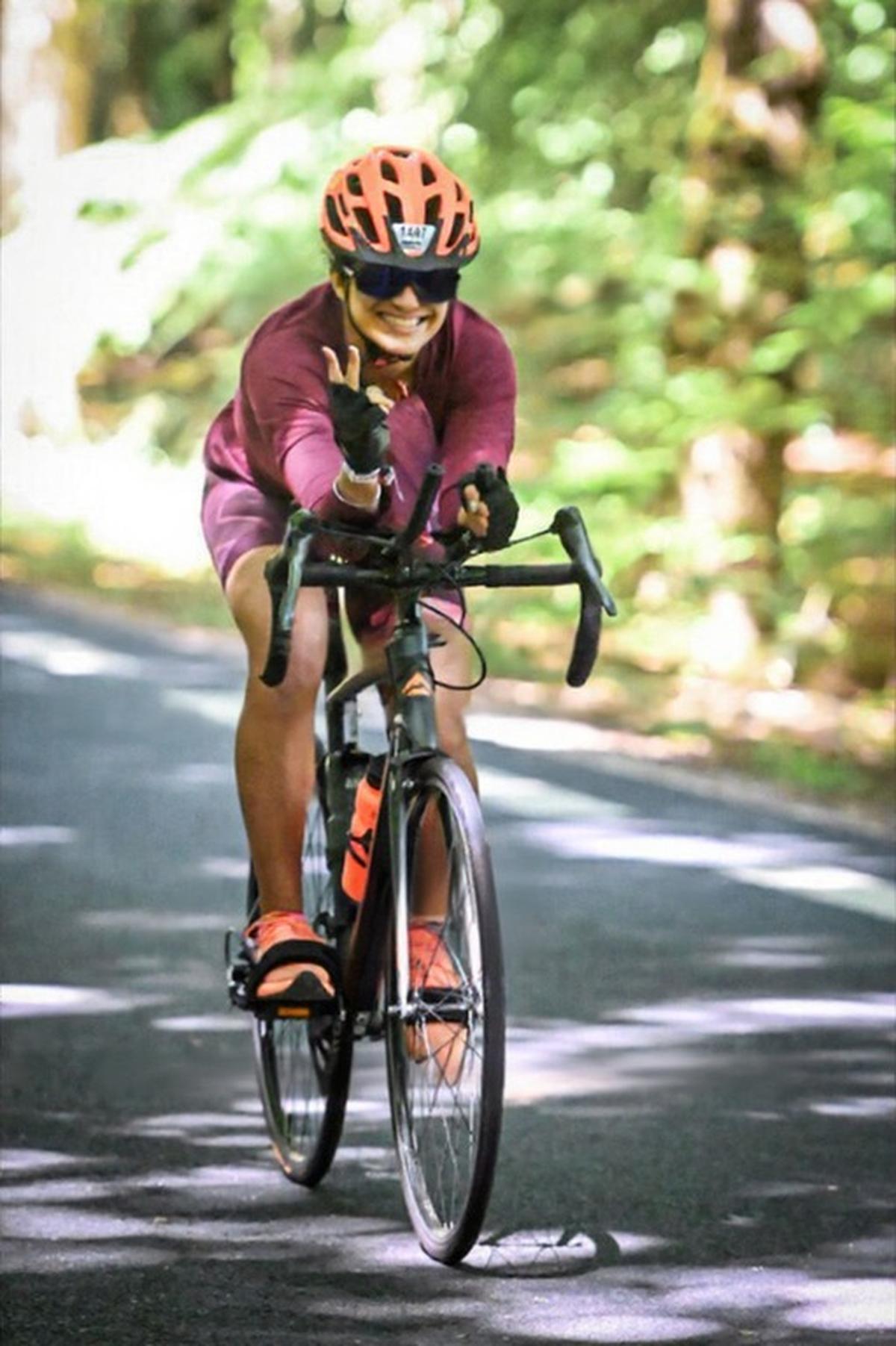How Ironman and HYROX are redefining fitness culture in India
A powerful revolution is beginning to take shape across India’s bustling metros and sprawling peri-urban locales, as an increasing number of fitness enthusiasts continue to submit to the punishing allure of racing banners like the Ironman and HYROX.
Of course, there is the good ol’ marathon, the roughly 42.2-kilometre-long no-nonsense run that will never stop finding takers. But then again, a new breed of endurance athletes, fuelled by the hunger to redefine personal limits, are sprinting into a world where mental fortitude and brute strength are put to the test across disciplines.
The Ironman, an iconic triathlon, featuring a 3.9-km swim, 180.2-km bicycle ride, and a full-fledged marathon, and HYROX, a global fitness race blending functional exercises and endurance sports, are no longer exclusive to elite Western athletes.
Although HYROX saw the light of day in Hamburg, Germany, in 2018, in India, it is about three months old. The first event took place in Mumbai in May this year. The second iteration, held on July 19 in New Delhi, brought together 2,600 fitness enthusiasts — an overwhelming 62 per cent increase in participation compared to the inaugural episode.
The Ironman also arrived on Indian shores in 2019, 41 years after the first edition in Hawaii. Held in Goa every year since then, barring 2020 and 2021 owing to COVID-19, it is organised in the 70.3 format. Also called the half-Ironman, the 70.3 gets its name due to the total miles one has to cover during said event: a 1.2-mile (1.9-km) swim, a 56-mile (90-km) bike ride, and a 13.1-mile (21.1-km) run. The 2024 chapter saw an uptick, with 1,200 participants getting flagged off compared to the previous year’s 897 starters.
To be sure, these numbers are nowhere close to the attendance seen at the Mumbai Marathon, the largest of its kind and the only Gold-labelled World Athletics Road Race in India, but it’s a start. One that Yoska, a technology-led health and wellness start-up that organises the Ironman and HYROX in India, can be proud of.
READ: Enhanced Games signs world champion swimmer Megan Romano as its first female athlete
Neil D’Silvha, the event producer of HYROX India and the race director of Ironman 70.3 India, believes the growing popularity of these multi-discipline endurance races is attributable to the ever-increasing disposable income of the lower and upper-middle class in the country.
He tells Sportstar, “The general trajectory of people getting into the mindset of being fit has been on the rise, and that is obviously due to the progress we have made as a country. India is earning enough money and has enough time on its hands to also focus on health, which was not the case a few years back. That has been the primary driver for participation in the marathon and now the Ironman and HYROX. For a very long time, a marathon was the only end goal of fitness-related activities. That suddenly changed when the Ironman came to India, and people found something more challenging. HYROX has now given a very large population of gym-goers, who never had anything to look forward to in terms of fitness goals, a way to quantify how much they have progressed.”
The HYROX will return to Mumbai in September, while Bengaluru will get its own race in April next year.
On an individual level, the reasons behind taking up these gruelling races are myriad. Neil, who has himself participated in four 70.3s and represented the country at the 70.3 World Championship, started running to leave a gloomy past far behind. “I have had quite rough teenage years when I got into drugs. I had to go to rehab at the very young age of 17. But I managed to pull myself out when I started running back in 2015. I just quit everything overnight,” he says.

Prema has been a podium finisher at the Sohra Cherrapunji marathon and also completed a 100-km ultramarathon.
| Photo Credit:
Prema Rajaram / Instagram
Prema has been a podium finisher at the Sohra Cherrapunji marathon and also completed a 100-km ultramarathon.
| Photo Credit:
Prema Rajaram / Instagram
Prema Rajaram, a media professional from Kolkata who doubles up as a Reebok Running Squad coach, has been running since 2015. But it was only in 2024 that Prema realised what running actually meant for her in the face of a personal tragedy. “It’s helped me heal after I lost my family last year. My mother, sister, and pet dog… three deaths in two months really took a toll. That’s when fitness and running helped,” she says.
Prema , who has been a podium finisher at the Sohra Cherrapunji marathon and also completed a 100-km ultramarathon, plans to take on the triathlon in the coming years after improving her swim timings. She says it is encouraging to see women starting to take care of their health. “After years of giving time to their families and taking care of their children and the household, they are now giving themselves time to get hooked on running and fitness,” she says.
What Prema says aligns with the general trend. GeeksonFeet, having analysed the Mumbai Marathon’s attendance sheets of 2024 and 2025, reported growing inclusivity in the runners’ community. The number of female finishers increased significantly in 2024, bettering the pre-COVID record of 690 in 2020 by 16.67 per cent. In 2025, the number stood at 962, which meant a further 19.5 per cent improvement over the previous year.
“I think there’s power in normalising women pushing physical boundaries, especially in an industry where we’re often boxed in,” says Saiyami Kher, Bollywood actress, marathoner, Iron(wo)man, and cricket pundit.
She, in fact, is the only known Hindi cinema female actor to have taken part in not one but two 70.3s and two marathons! Kher explains how she managed to squeeze in rigorous training routines into a cramped schedule: “It’s really tough (to balance work and training). I won’t sugar-coat that. My shoots can go on for 12–14 hours, and finding time to train after that feels impossible sometimes. But you find a rhythm. You learn to prioritise, wake up early, train during breaks, use hotel gyms, cycle indoors… It also teaches you discipline and time management in the best way possible. And when you really want to do something, you make time.” While Kher hopes to run a full Ironman soon, there are some who have been there and done that.
Raghul Sankaranarayanan, India’s fastest Ironman, became the first from the country to qualify through rankings for the World Championships in 2022. Also a certified triathlon coach and bike-fitter, Raghul has participated in 11 full Ironmans.
While he is happy to see so many people take a step towards a healthier lifestyle, he believes certain aspects of the triathlon may deter future sign-ups.
“Triathlon is very expensive, mainly because of cycling. The expense keeps multiplying; it never stops. The cycle alone ranges anywhere from INR 1-10 lakh, some priced even higher. Then you would have to keep upgrading the accessories if you want to remain in contention. Running is also not cheap these days. Training shoes, around INR 10,000–12,000, last 600–1000 kilometres. The racing shoes, equipped with carbon plates, come at INR 17,000–30,000. But these wear away easily.” Besides expenditure, accessibility is also a concern. “The number of swimming pools and, in turn, quality swimmers is very less in India. Then, there is a dearth of quality cycling roads. It often gets dangerous,” Raghul says.

Malvika Iyer says it is “really nice” to see endurance racing becoming more accessible for amateur athletes like her.
| Photo Credit:
Special Arrangement
Malvika Iyer says it is “really nice” to see endurance racing becoming more accessible for amateur athletes like her.
| Photo Credit:
Special Arrangement
Malvika Iyer, a 30-year-old half-Ironman runner from Ghatkopar, Mumbai, admits endurance racing can be expensive, but says being smart and efficient helps keep costs down.
She says, “The cost of registration, travel, and specialised equipment, can make it feel a bit inaccessible to the average athlete. It depends on how smart you are in planning everything; need to sacrifice a few things here and there. You don’t have to really spend a lot on travelling and high-end gear. I didn’t. It’s really nice to see this sport is becoming more accessible for people like me – amateur athletes. The financial barriers still exist. We need to acknowledge that. However, I will still say your mindset is your biggest asset. With consistency, discipline, and some creative thinking, it is possible to take that first step without emptying your pockets.”
Infrastructural hindrances are also why India hasn’t been able to host a full-blooded Ironman yet. Neil says, “In Goa, we use the road leading to the airport to host the 70.3. The National Highway 66 shuts down for the race, and the traffic is rerouted through the service road on race day. If we organise a full-distance race, by afternoon, the road will get choked. So, that’s not really an option.”
However, he assured that Yoska is currently in talks with multiple parties to have a full-distance Ironman in another Indian city soon. Not just that, there are plans to host an Olympic triathlon (1.5-km swim, 40-km bike ride, and 10-km run) too under the Ironman banner.
The once-niche disciplines of hybrid racing and long-distance triathlons are gradually becoming the holy grail for those seeking transformation beyond aesthetics, and India is rising to the challenge one burpee and one kilometre at a time.


